

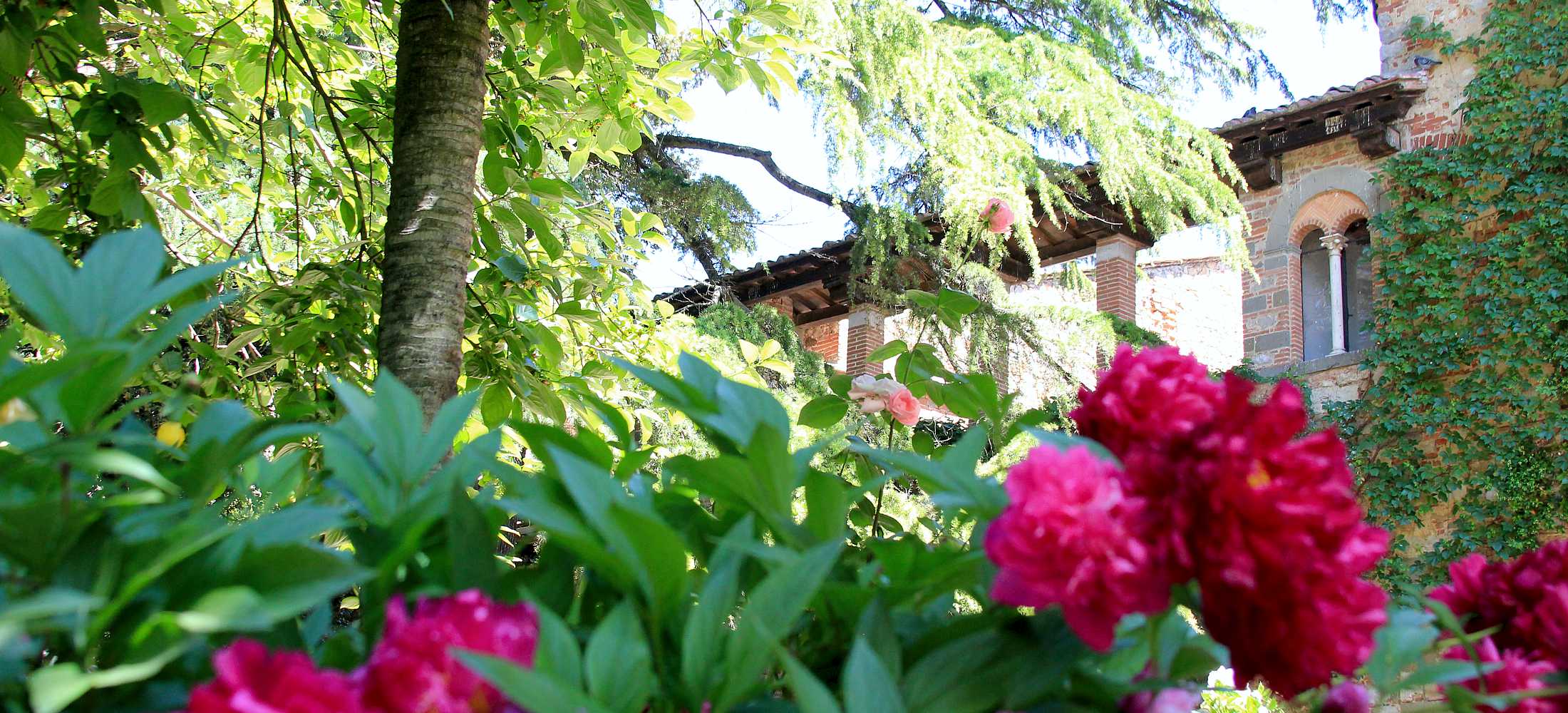
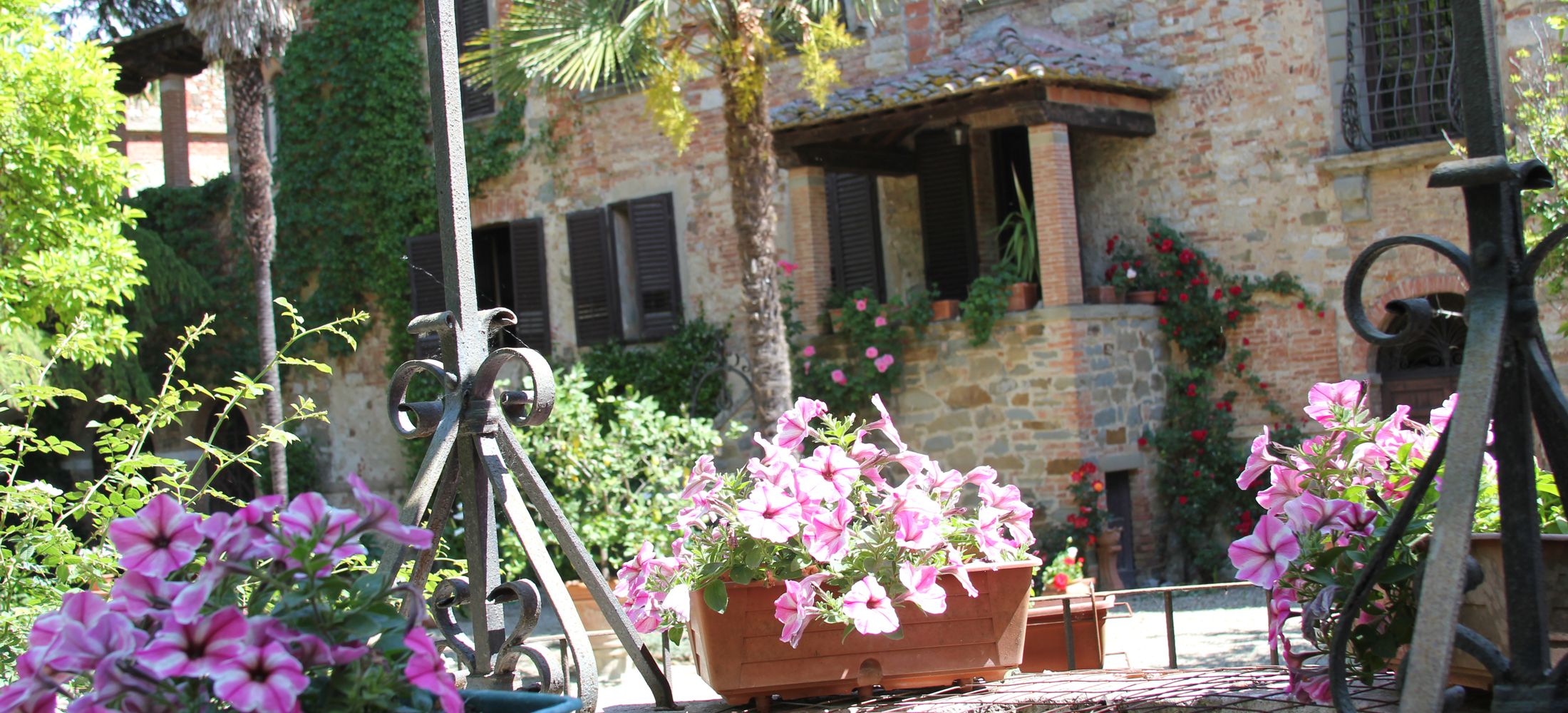
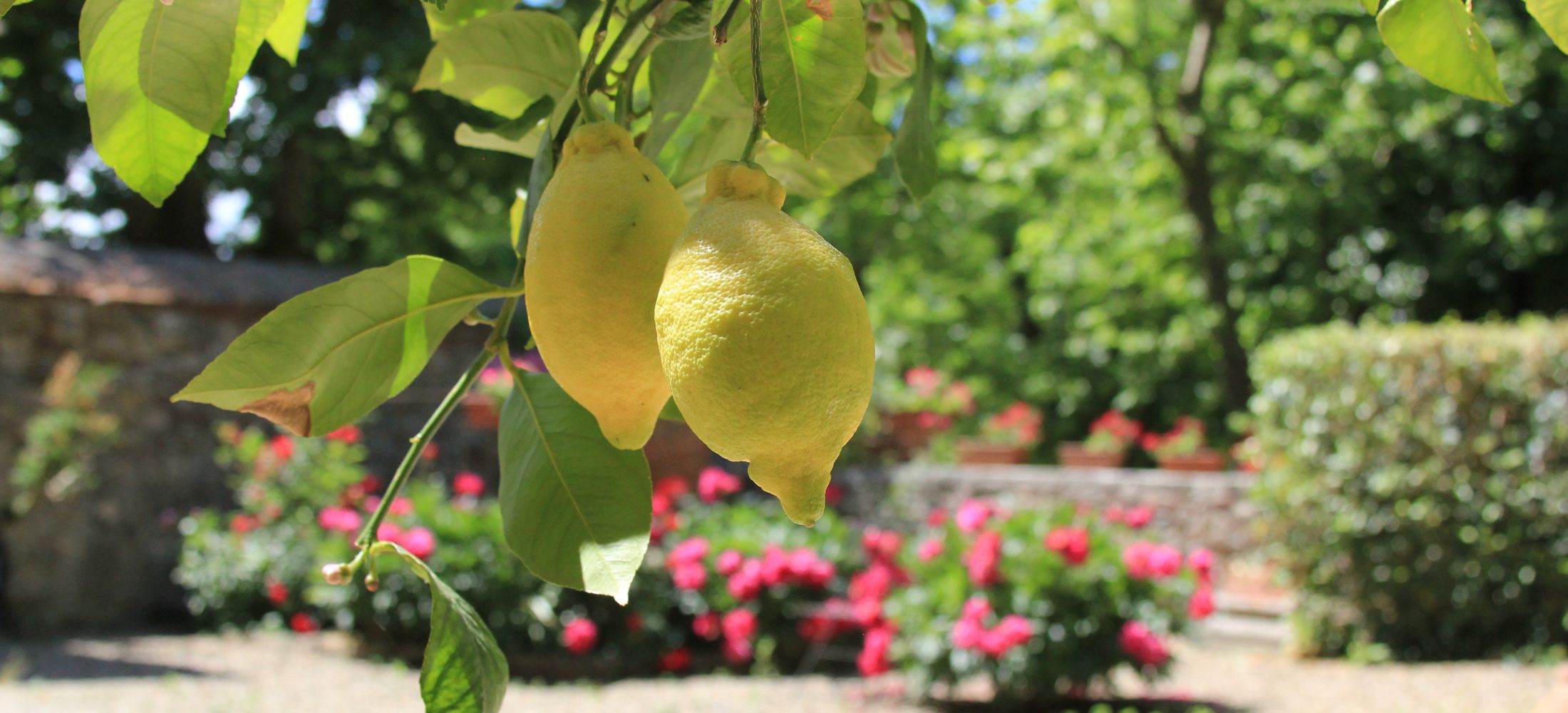
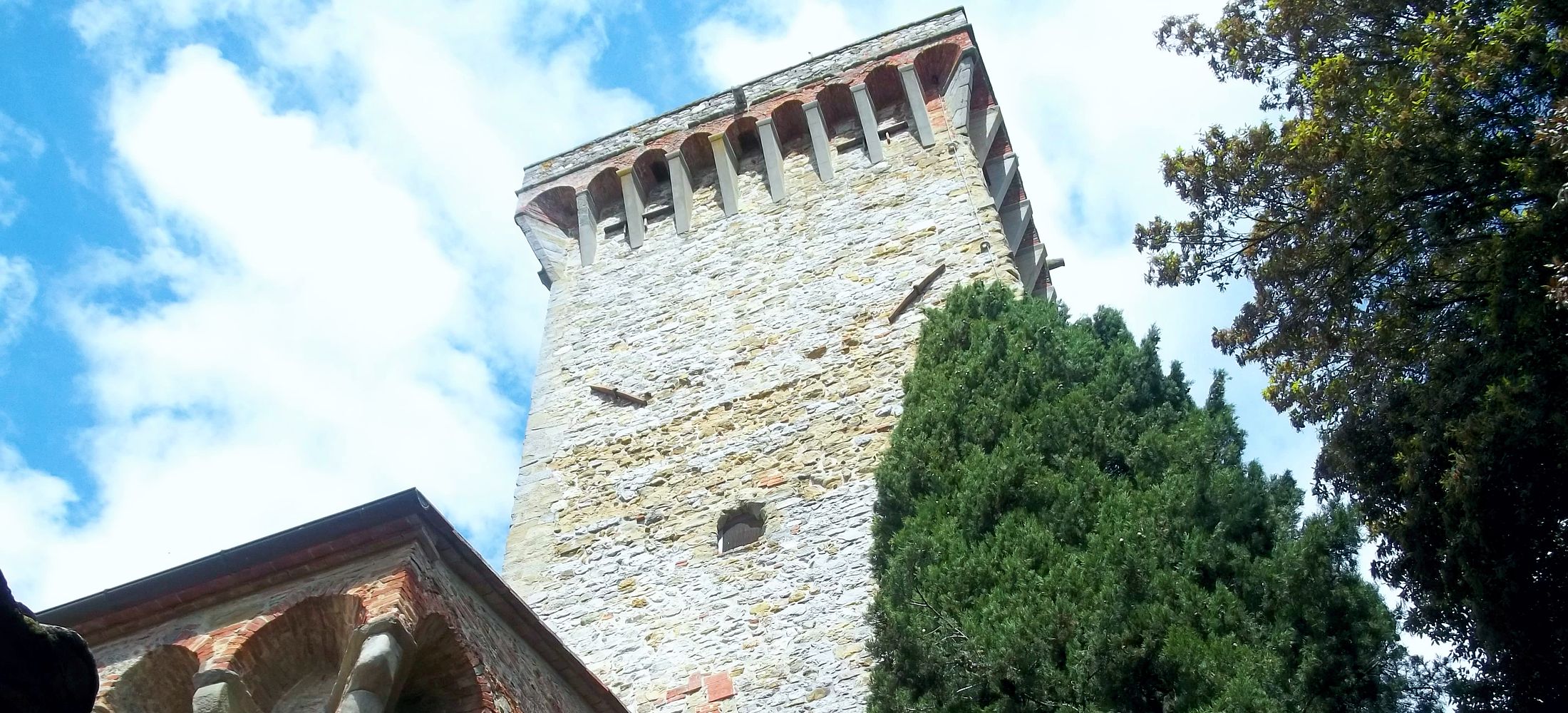
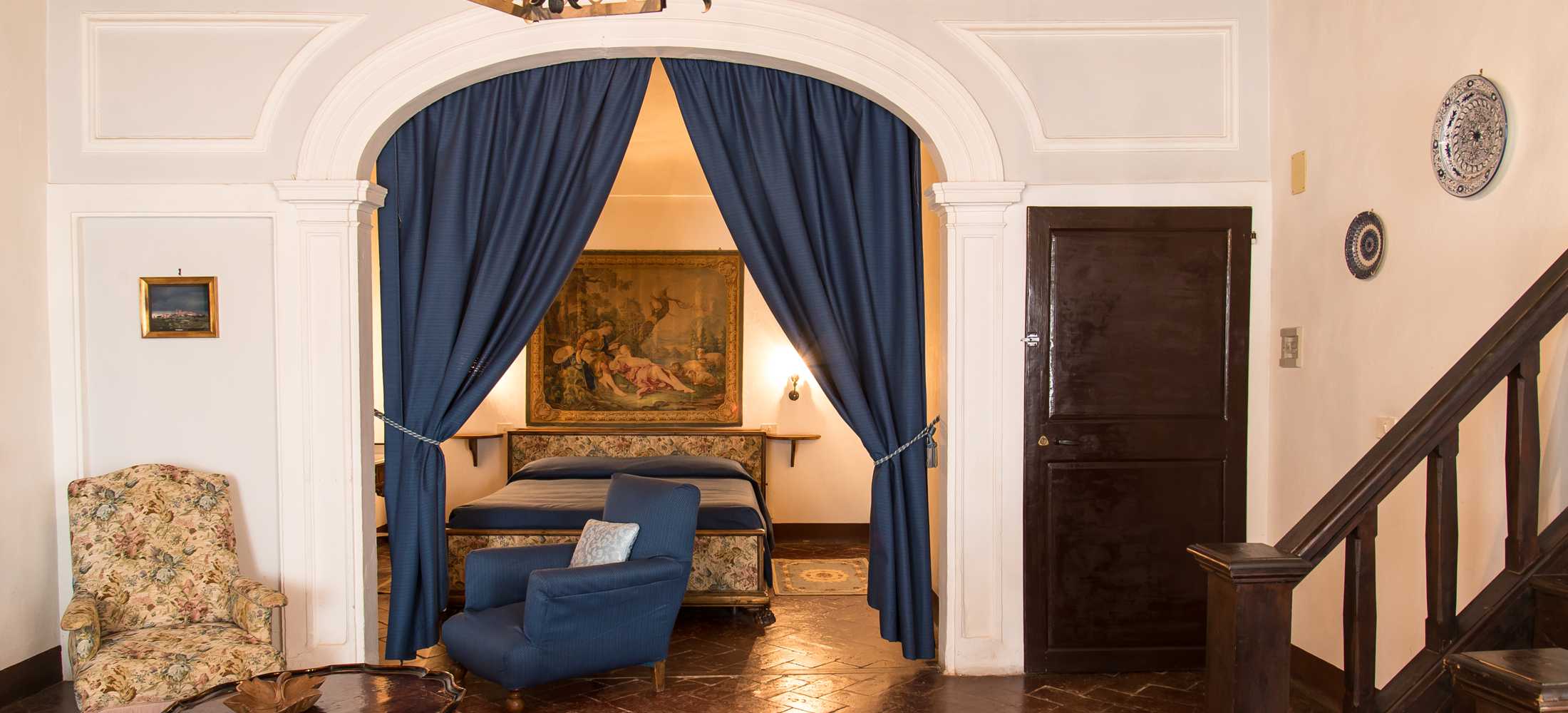

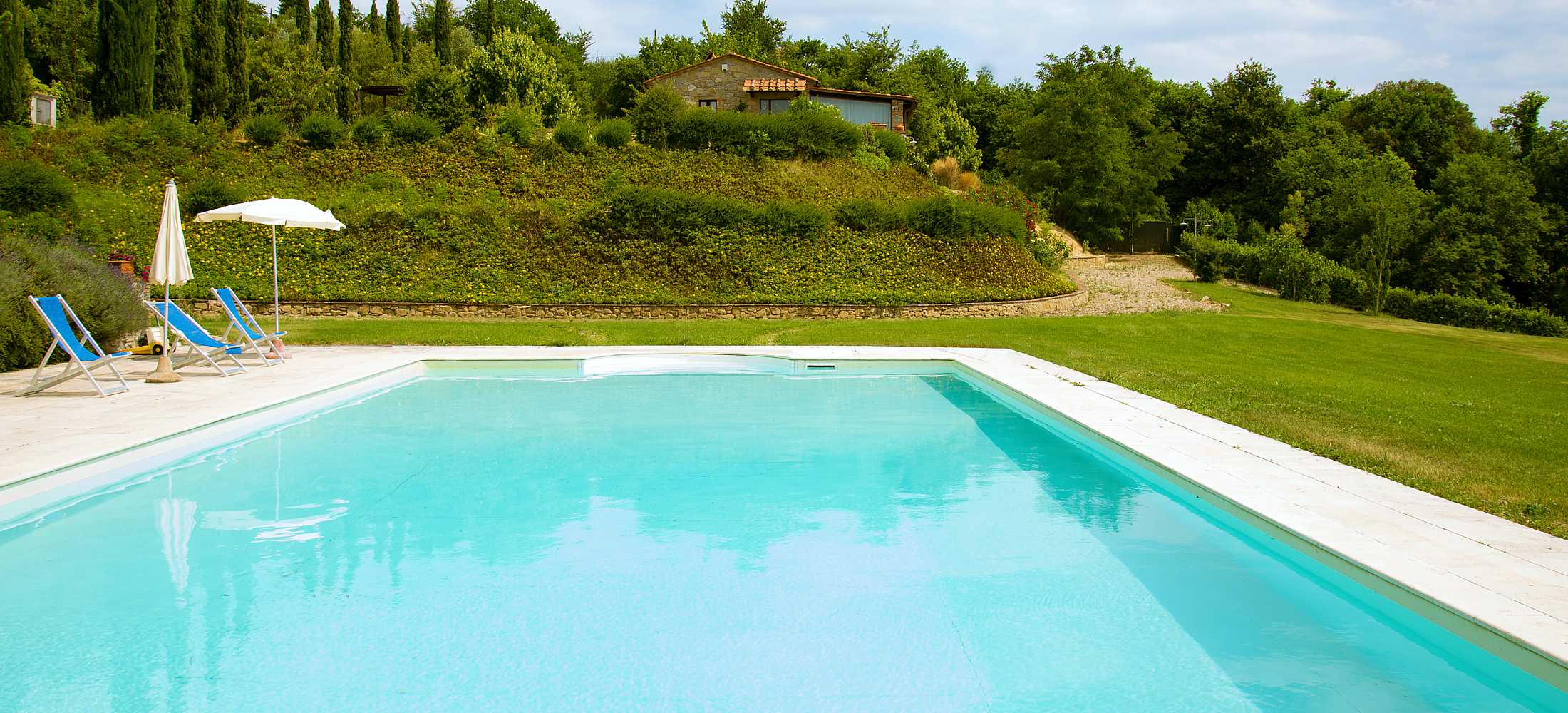
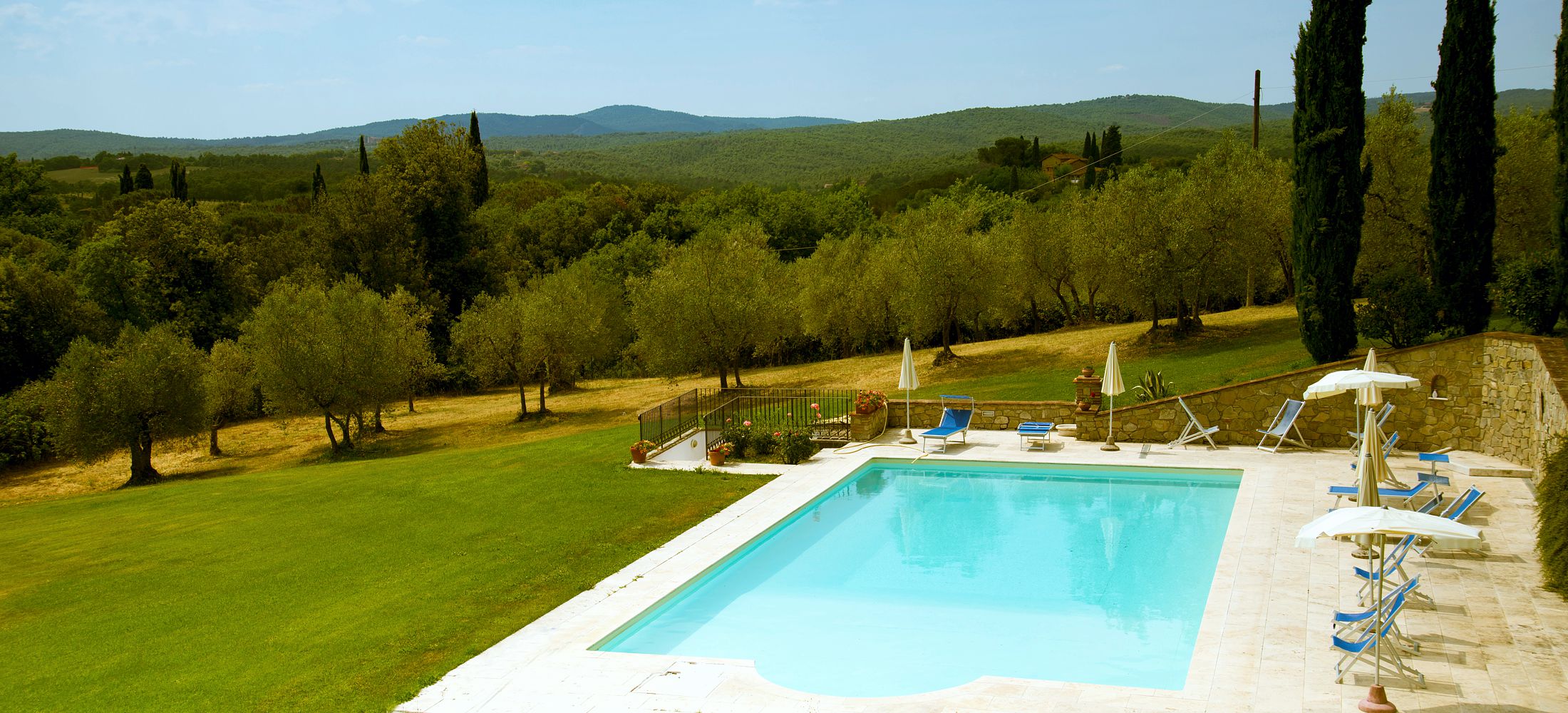

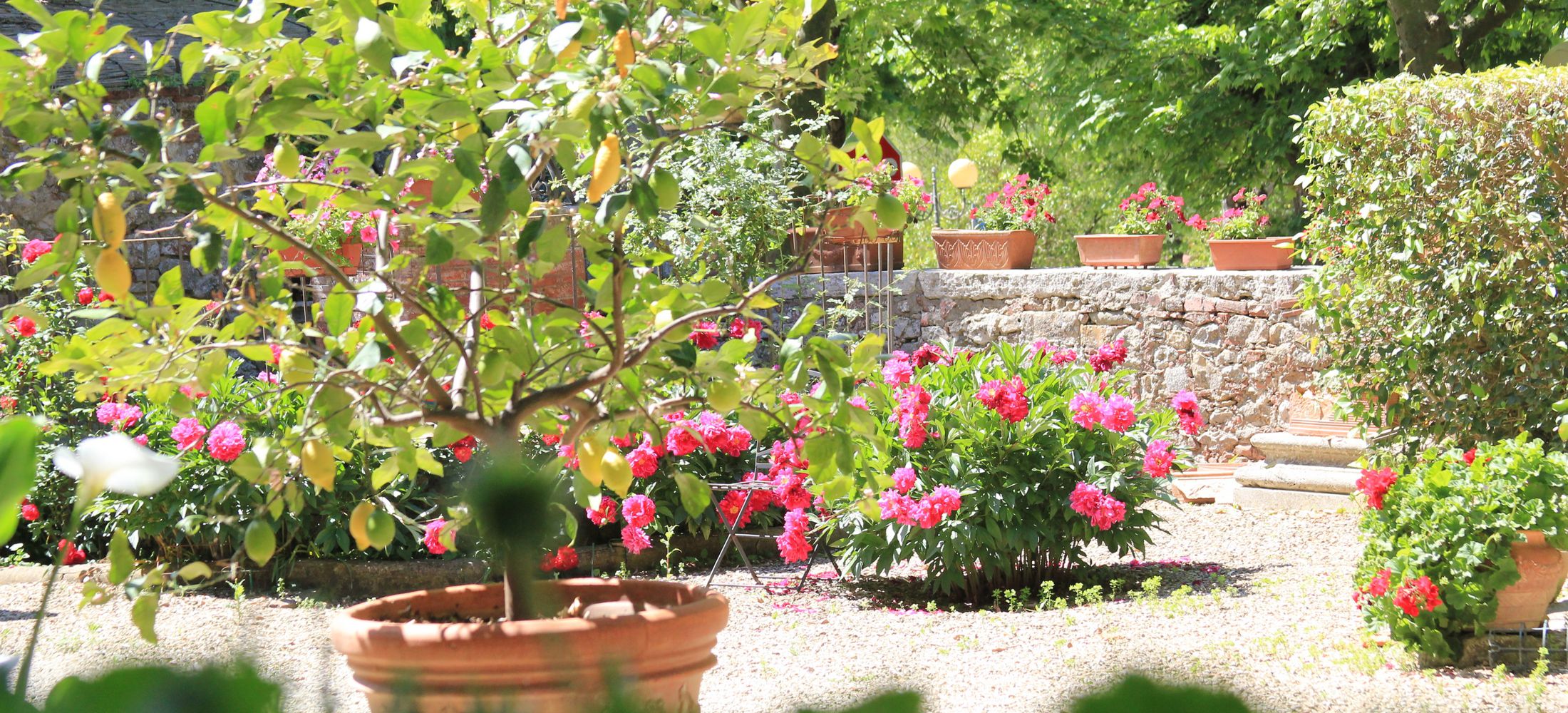

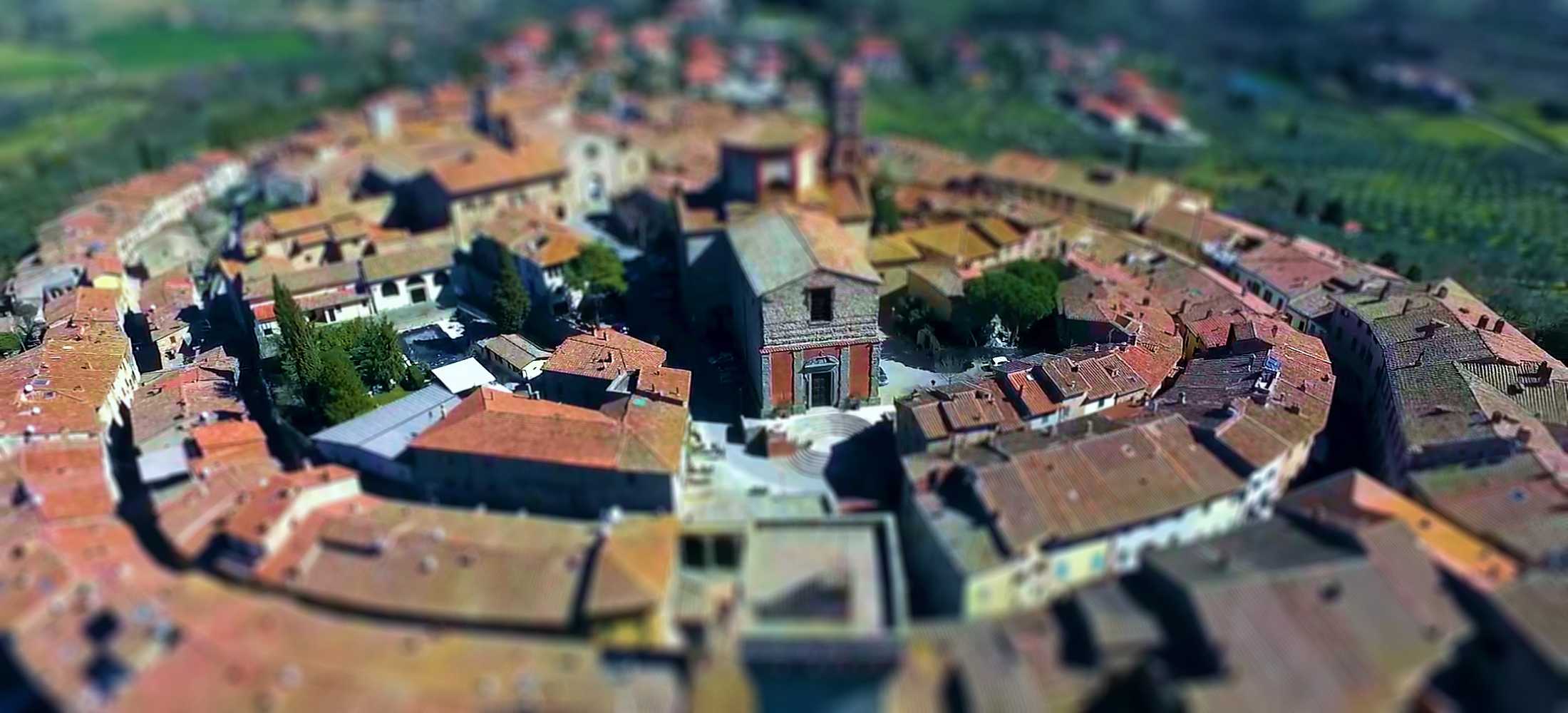

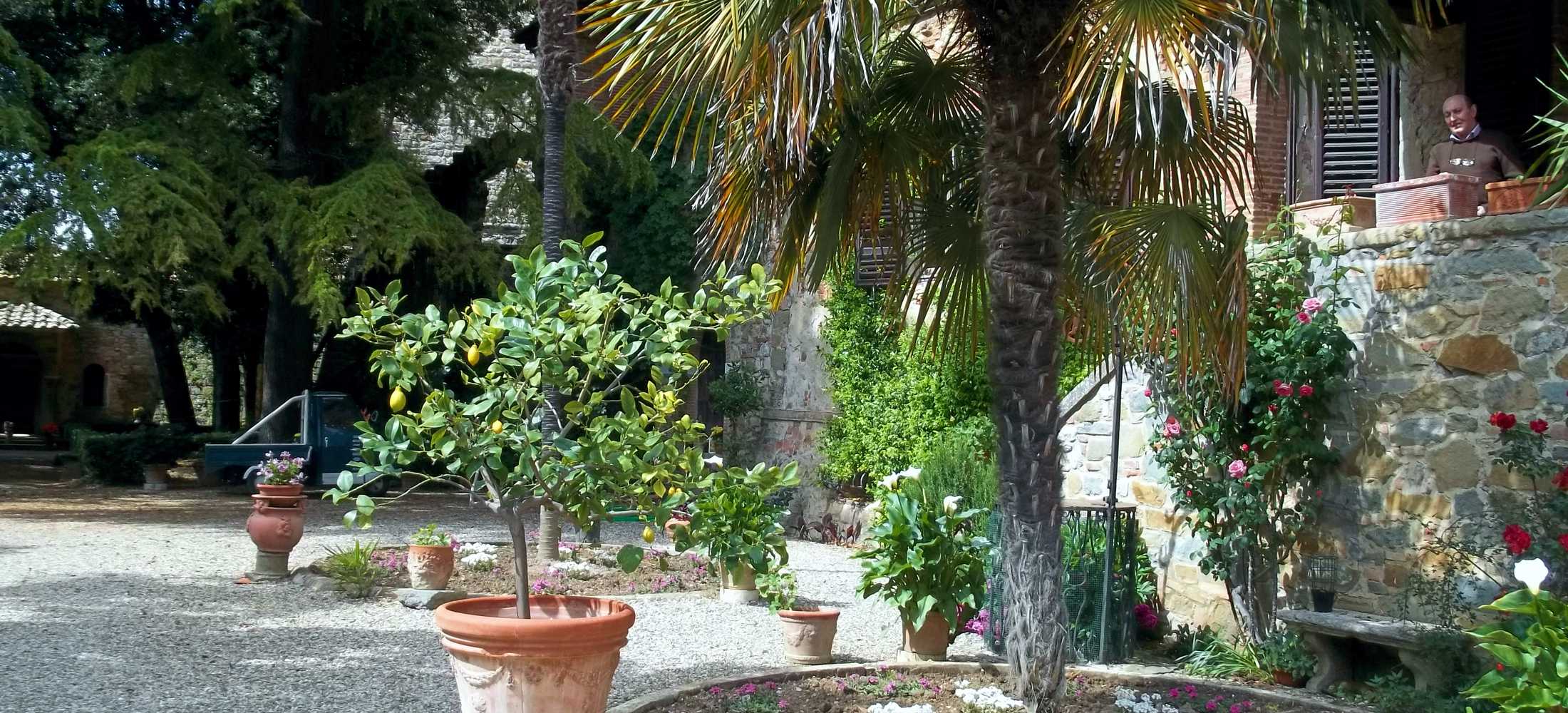
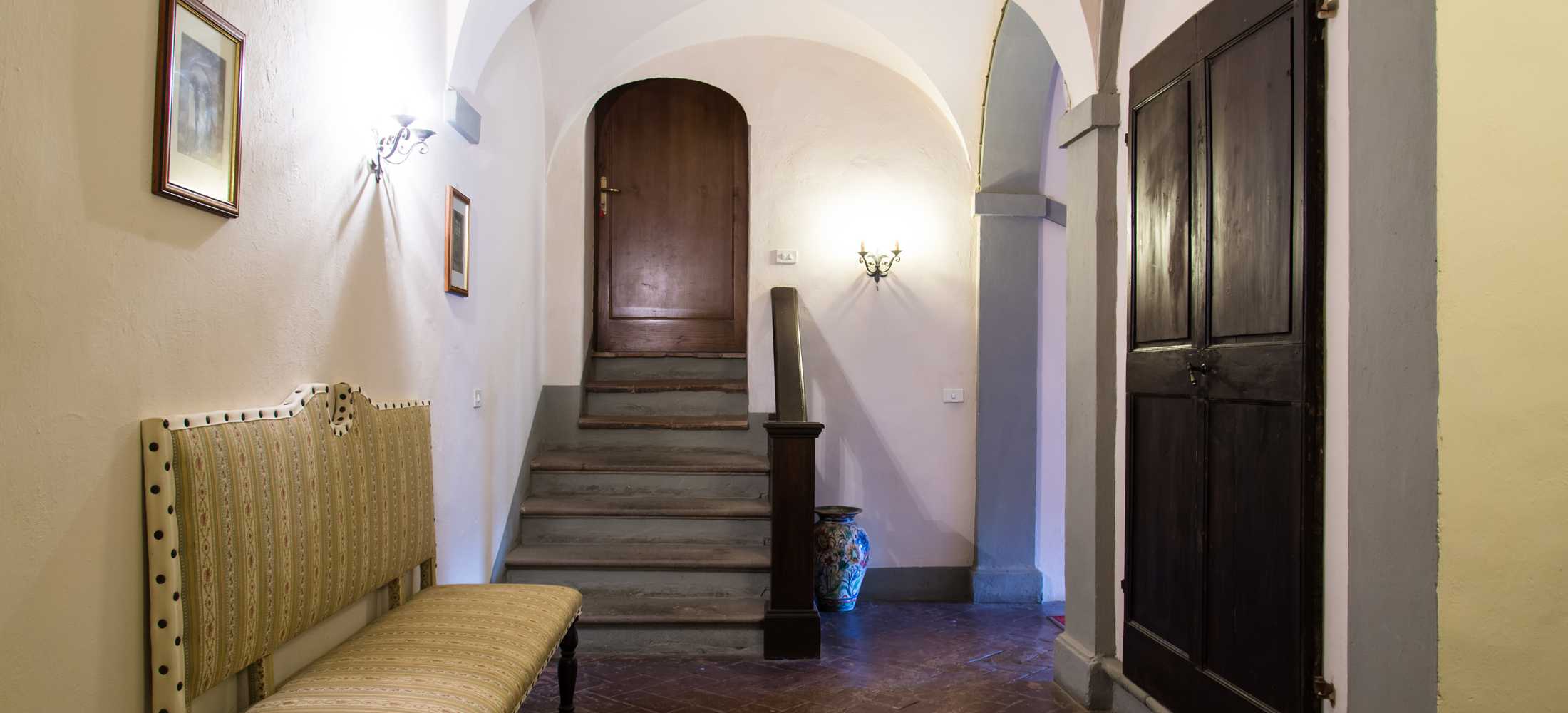
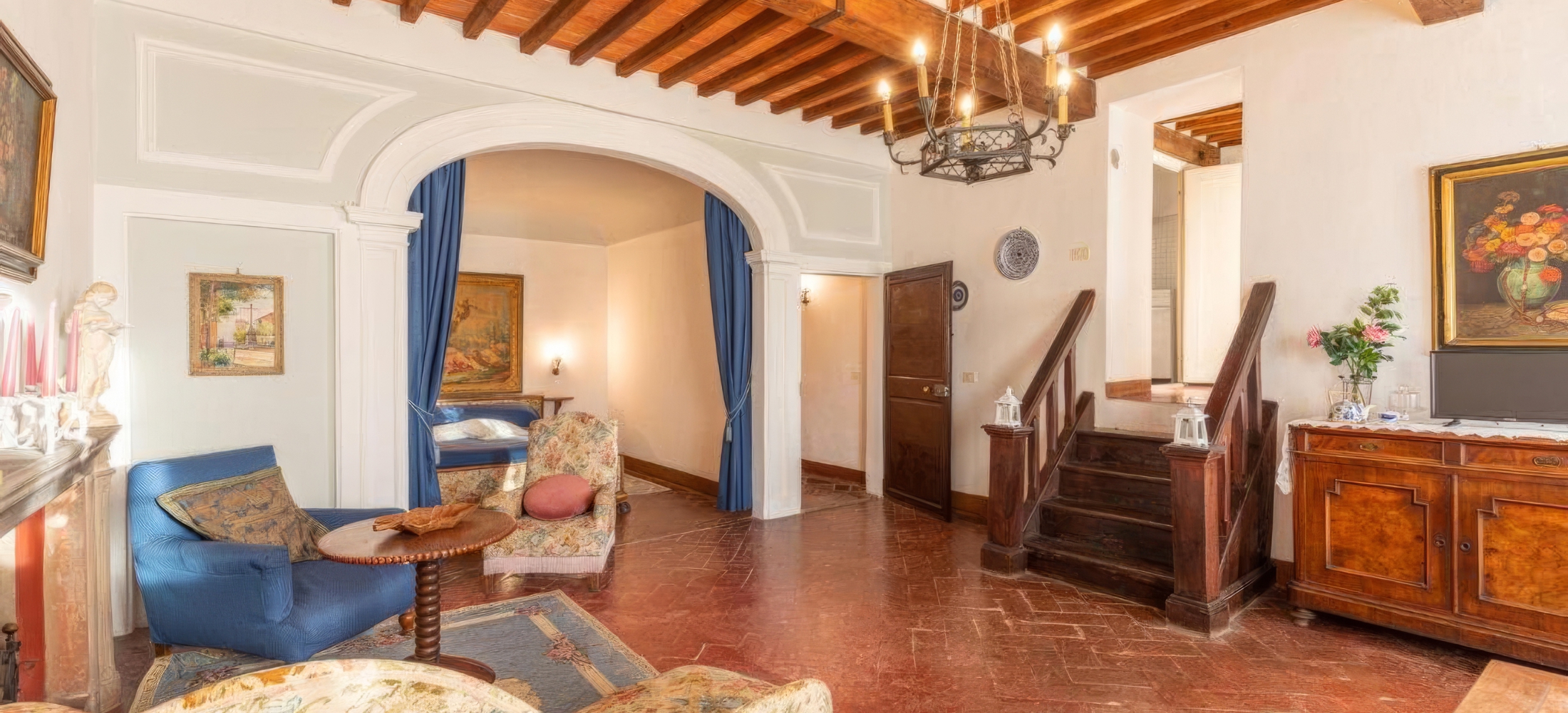
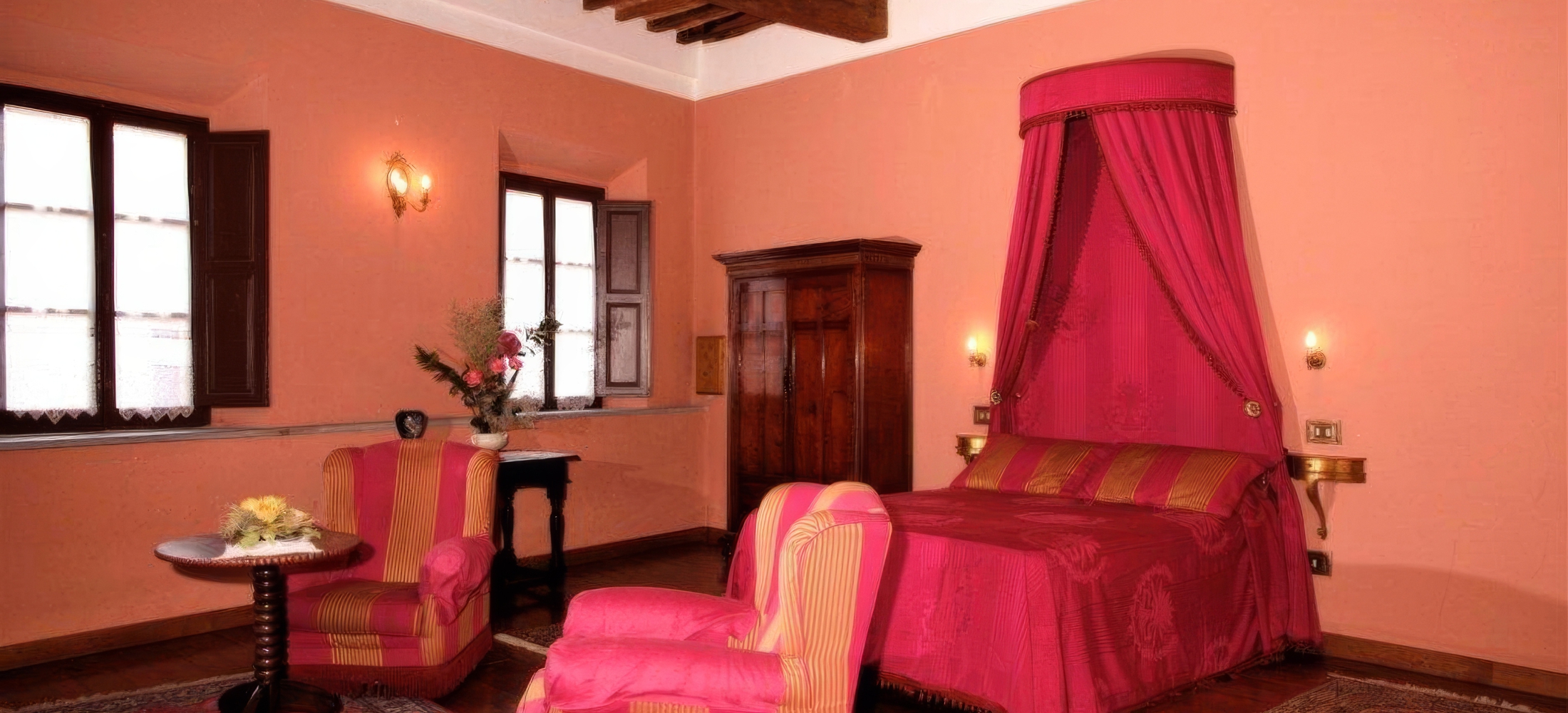
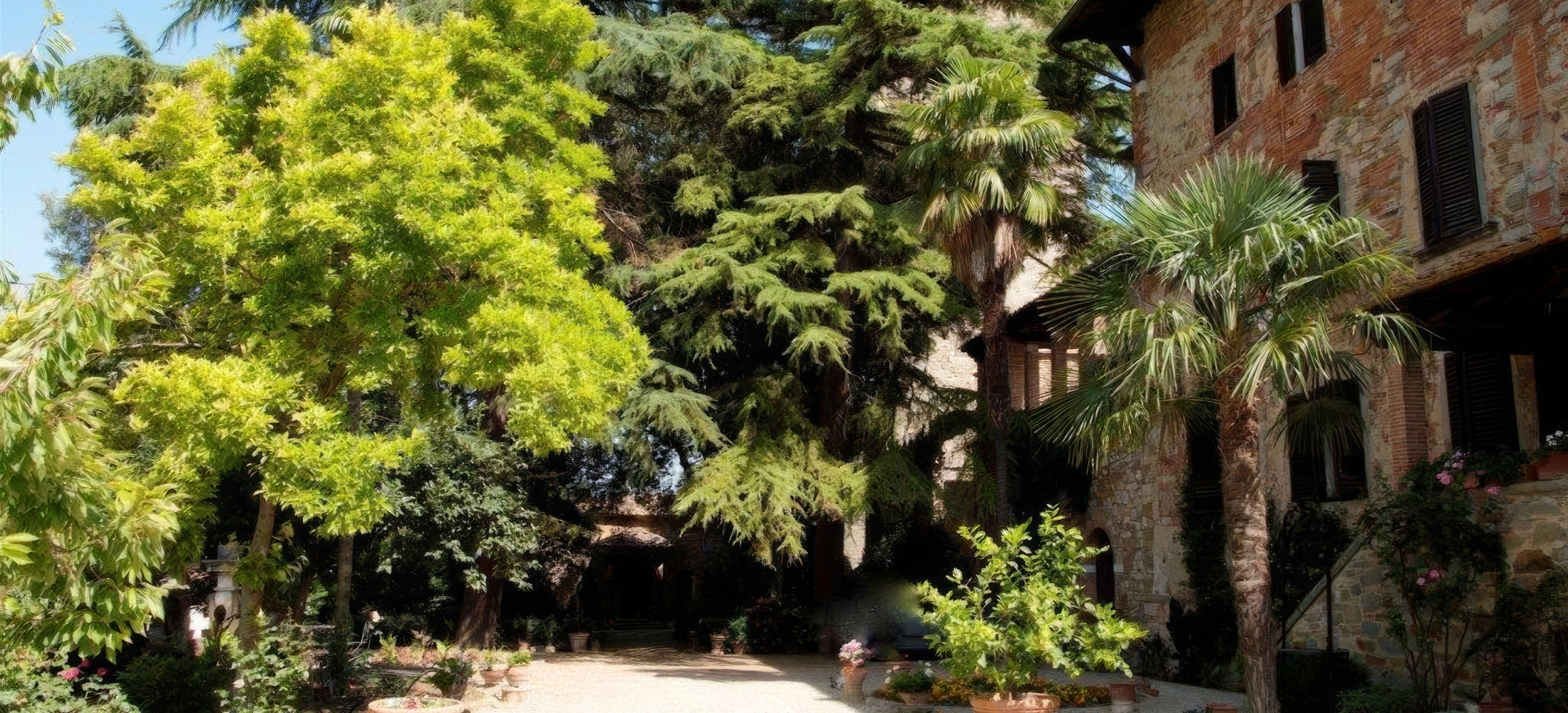
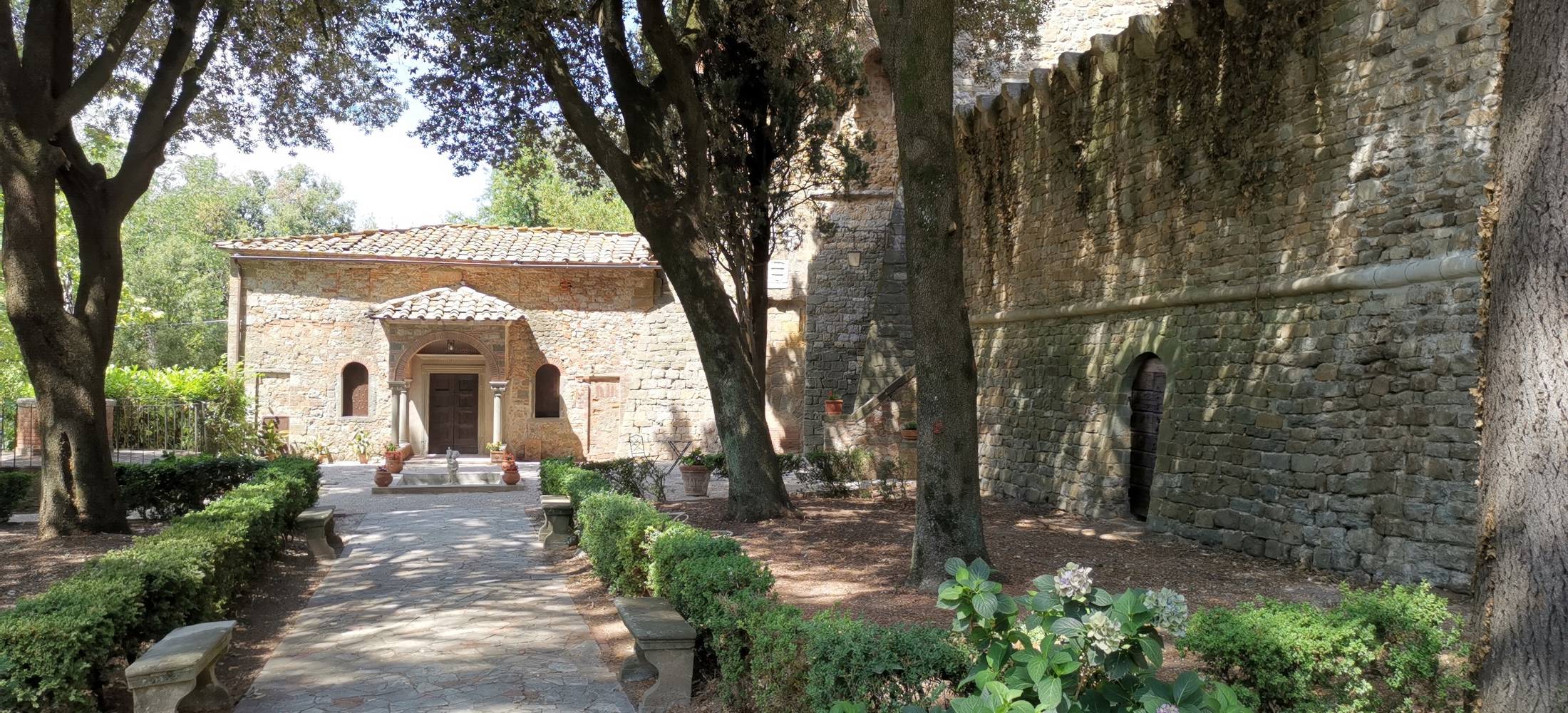
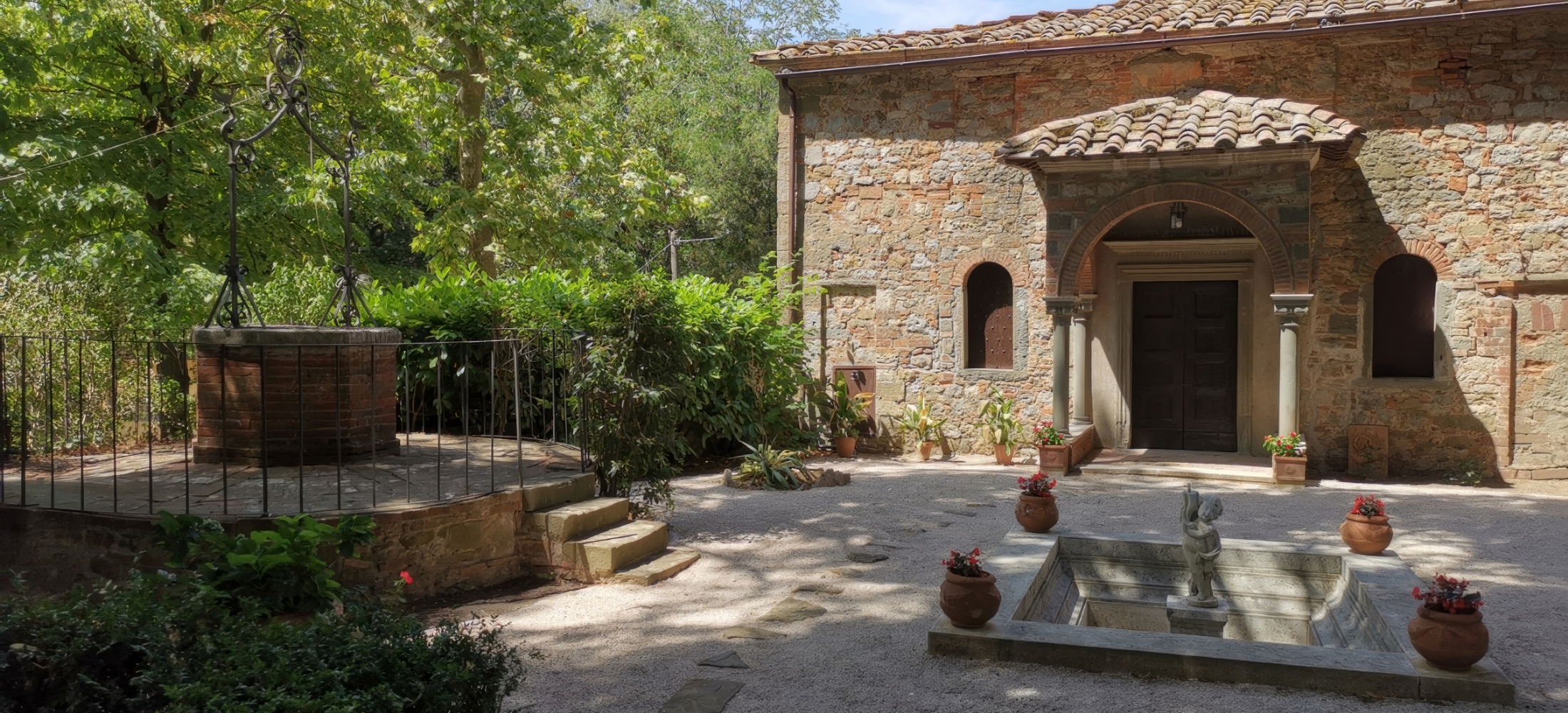
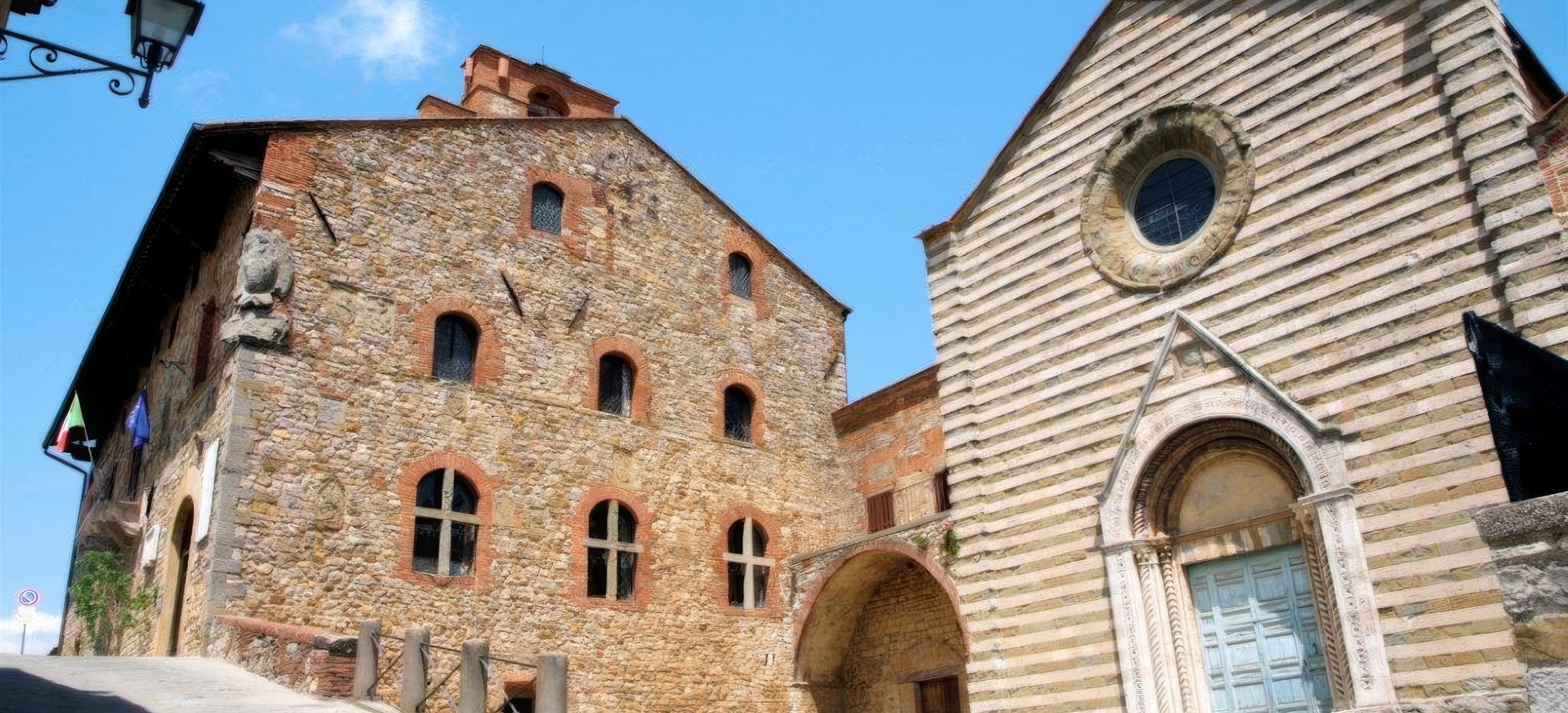


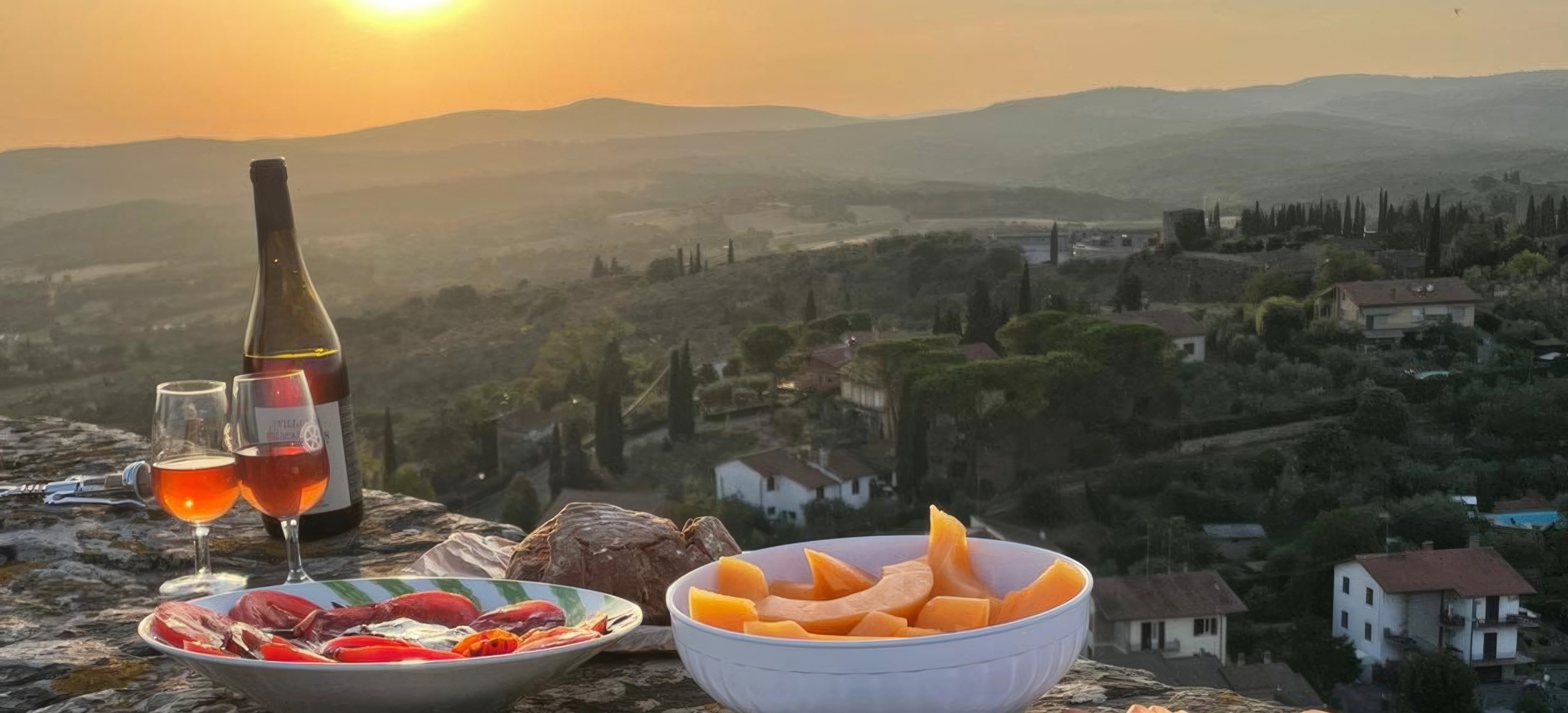
The residence is part of a fortified city of the 13th century. The authentic architecture has been carefully preserved by the Moriani family, so that I can give each apartment atmosphere and the Tuscan style.
On the second floor they are 6 apartments leaving the original structure; exposed beams, terracotta floors, antique fireplaces and authentic furniture.
The stone tower and large Italian garden style will set the stage for your holiday in Tuscany. Our residence is located in a strategic place from which it is possible start your visit the provinces of Arezzo, Siena and Perugia.
The apartments include a kitchen and all you need to prepare lunches and dinners; you can also do the shopping and take everything you need in town.
The apartments of Historical Residence Il Cassero, offer a comfort that hotels do not offer!
About a kilometer away, available to all customers, there is a swimming pool surrounded by woods and meadows.

Lucignano the communal area and the hill on which now stands the capital city knew a dense population, as a whole Valdichiana, already in Roman Villanovan and Etruscan. The area fell under Rome during the first century BC, thanks to the conquest by Silla. A contingent Roman, to orders of the consul Lucius Licinius Lucullus, settled right on the hill where today stands the village and here he established a castrum that, in honor of the console, was renamed Lucinianum.
The favorable geographical location made the town a crossroads between the cities of Arezzo, Siena and Perugia. In fact the three cities vied Lucignano repeatedly that after the period of free town, was first conquered by Arezzo and then from Perugia. The past is still Perugia visible in the municipal coat of arms with, which consists of a winged griffin (plus a star, to indicate that the city is located in the hills).
The decline of Arezzo, after the defeat at Campaldino against Florence (1289), and the gradual submission of Perugia to the Papal States, favored in the fourteenth century, the coming into play of Siena, who occupied Lucignano. The center was equipped with a remarkable city walls (today perfectly preserved) and a turreted fortress in defense of the city. Control Sienese lasted until 1554, when Florence conquered Siena, subentrandole territories dominated. As in all cities Medici Fortress was built, but was also continued urban development, giving Lucignano typically late-medieval still owns.


